Fly Fishing In Early Spring

There is this wonderful event that happens in early Spring, usually March or April. Just about the time that I am done with the concept of fishing in freezing temps, warmth happens. There are many reasons to celebrate the coming of Spring, but the change in the fishing is to me the most exciting. While every river is unique in the details, the fundamentals of changing water temperature and increased daylight bring about new opportunities and the promise of exciting fishing. Fish that were once near dormant holding in deep, slow water take on a new energy. Bugs that were once mostly stationary under the stream bottom now start to become active, and move into the water column becoming new sources of food for fish.
There are two things that you can count on this time of year. The first is that everything is changing on almost a daily basis. The second is that if you hit it on the right day, and figure out what is going on, you are in for one of those legendary experiences that will feed your dreams for years to come.

I think back to a day two years ago when I was doing some early season scouting on a favorite river. My intent was to cover a lot of water, split between areas I knew well and a few sections that I had never really explored. The general plan was to make a few casts, try a few different flies, and quickly move on. The problem was that unbeknownst to me, there was a huge underwater movement of cased caddis, the bug that in a few months would generate the famous Mother’s Day Hatch. When I had the right fly (a bead head hare’s ear was the winner) virtually every good drift got a strike. I’m a big fan of mixing and matching patterns, and on this day it didn’t matter what the second fly was, almost all of my fish were eating caddis. Their stomachs were full and they were still gorging. I tried to tell myself, just three fish, then move to another spot, but I couldn’t. Then I would say, ok, If I make three drifts without a strike, then I move, but thirty minutes later I was still catching fish in the same spot. What is a guy to do?
The fish count that day was beyond ridiculous. I found myself laughing out loud when even bad casts were catching fish. But the truly amazing (and important) fact was to look at the river, you would never guess that any of this was happening. No bugs on the surface and no obvious indication of fish activity. However, there were signs that I might be in for a good day. The air temperature the night before stayed above freezing. When the sun came out, the water temperature moved up above 40 degrees. And the daytime air temperature finally got up into the 50’s. I skipped over the classic winter water. I was exploring shallower feeding lanes that would only be occupied if there was a supply of food and hungry fish. The river was well known for its caddis hatch, so subsurface caddis flies were early on my list of offerings. To be fair, this wasn’t the first time I had seen this kind of drift on this river.
While that particular day was perhaps off the charts, I have found that when fishing in early spring, it helps to keep some behavior patterns in mind. Often a cold morning will find most fish still holding in their winter water. What happens next is determined by how temps change over the day, with a typical movement into shallower feeding lanes as it warms up, then a retreat back to slower deeper water as the water cools off in the afternoon. Even if you find fish feeding in the shallows one day, a cold spell can have them right back into the deep water the next. Some days there is a heavy drift of one bug, and on other days there is a background drift of several different insects. Know the hatches in your river, and change through different patterns until you find one that works. Be prepared to switch flies again as conditions change.

While midges are active all winter long, the warming temps will trigger some great emergences, and some of the first really good dry fly fishing can now be found. Be very observant in the still water along edges, as even large fish will just barely dimple the surface when taking an emerging midge. Various mayfly species will become active with heavy nymph activity in the weeks before the hatch. The day I see my first BWO is always a cause for celebration, even though the consistent hatches are usually a few weeks away. Before the period is over, many rivers experience great hatches of BWO’s, March Browns and caddis flies.

Many species of stonefly nymphs are in a river for several years, and often younger instars will undergo a molt, and seem to be more likely to get washed into the current this time of year. As I run through different flies, I always like one of them to be a stonefly of one kind or another until I detect a pattern of feeding on a different bug. Something about a really big piece of meat (compared to other bugs) floating down the river usually seems to get at least a few fish to eat.
Speaking of chunks of meat, don’t be afraid to throw streamers every now and then. The warmer temps start getting the rainbows geared up for spawning, and well before spawning begins, it seems like bright colored testosterone infused males start to hit with a vengeance. I can recall one early spring day on a tailwater known to be a small fly fishery. Just for grins I decided to take a break and throw streamers for a little while. The strikes were savage, and frequent enough to keep me on streamers for the rest of the day.

The key thing to remember in early spring is to stay flexible and keep an open mind. The fishing will be changing as the river comes out of its winter pattern. The daily changes and great fishing can continue up to the start of runoff. Look carefully for indications of what the fish might be doing. Freestone streams will likely have bigger swings and variations than tailwater fisheries. A warm day can send a slug of snowmelt down the river. If there is just a little discoloration, the game may be on big time, but if the water looks like chocolate milk, it's time to go somewhere else. Even if the water has come up and turned color, some rivers will settle down and clear back up in a day or three and continue to provide great fishing until full on runoff starts. Finally, I always recommend calling or stopping by local fly shops before you hit the river. They are usually willing to share the latest intel, and generally will have a few flies available that should be pretty sure bets.
By Scot Bealer
Scot first started guiding in the 1980’s, and has fished extensively through the rocky mountain west and many other parts of the world. When not on the water, he is typically out working with his wife, Lea Frye, doing wildlife photography. See their work at https://www.leaf-images.com, or follow them on Instagram @lea.f_images



























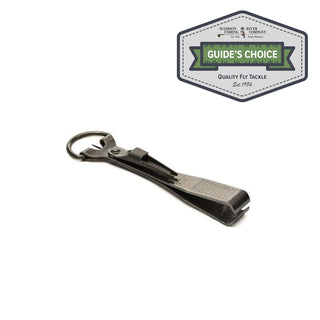




























































































































































































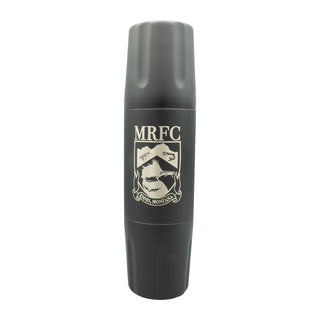
































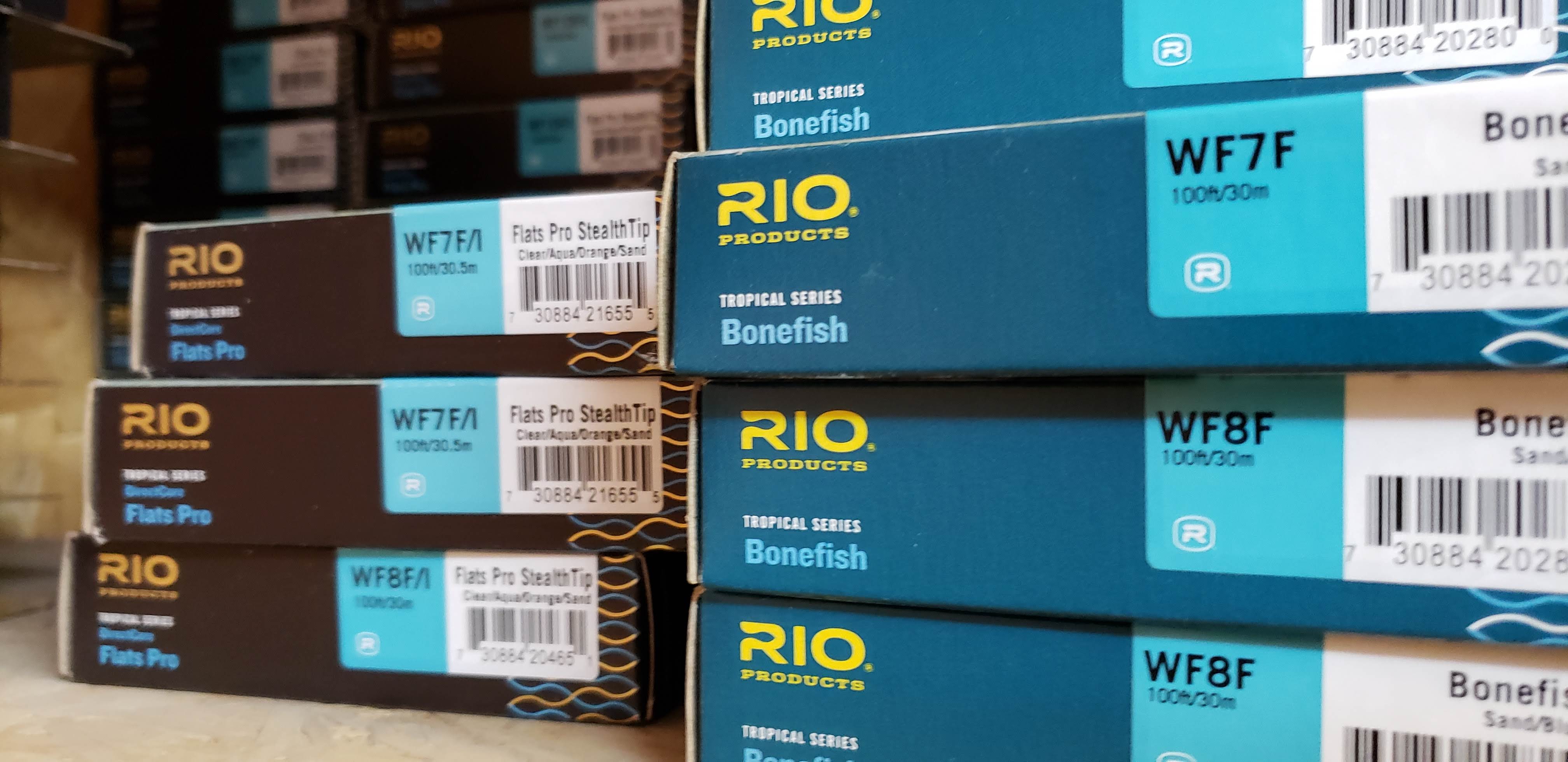

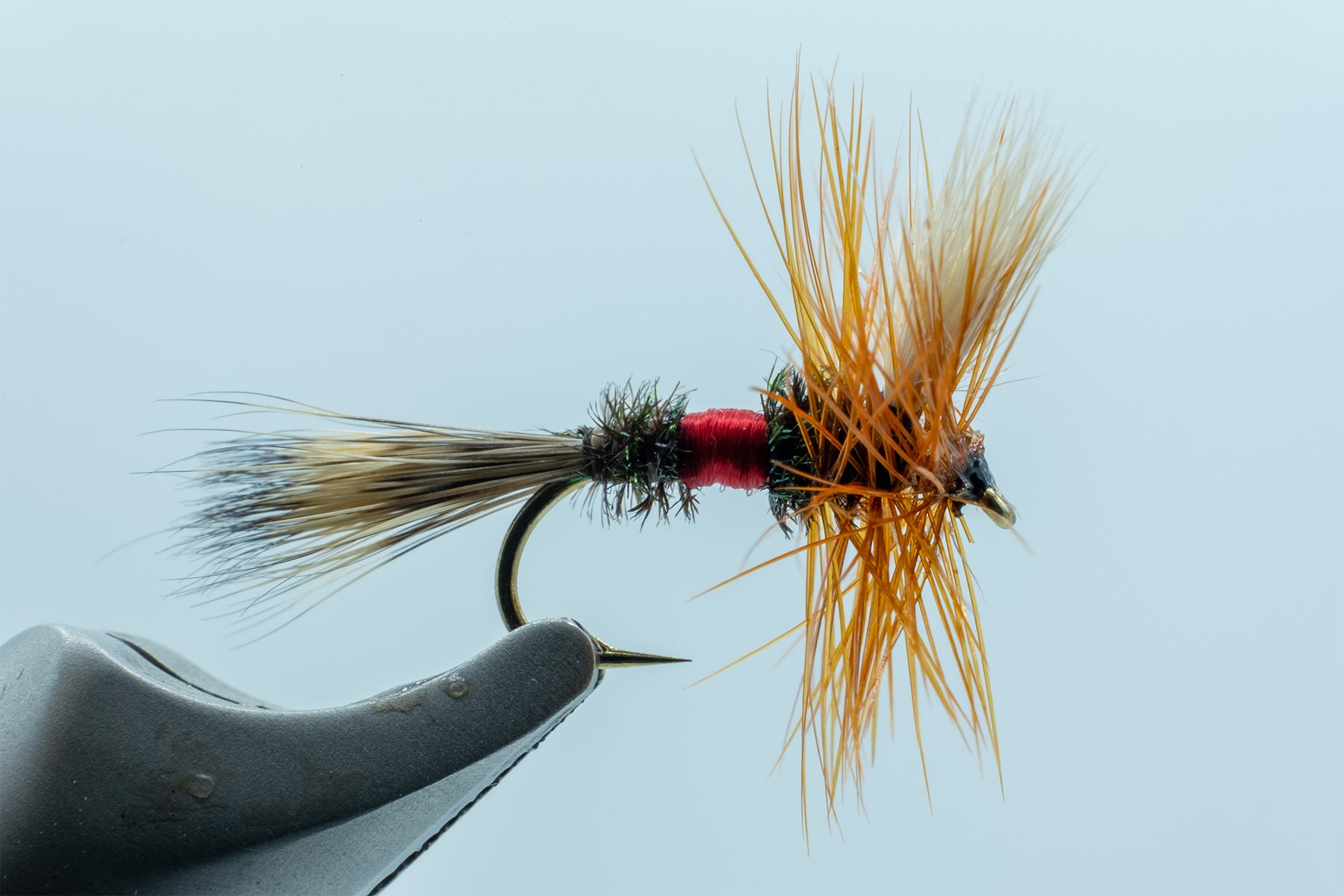
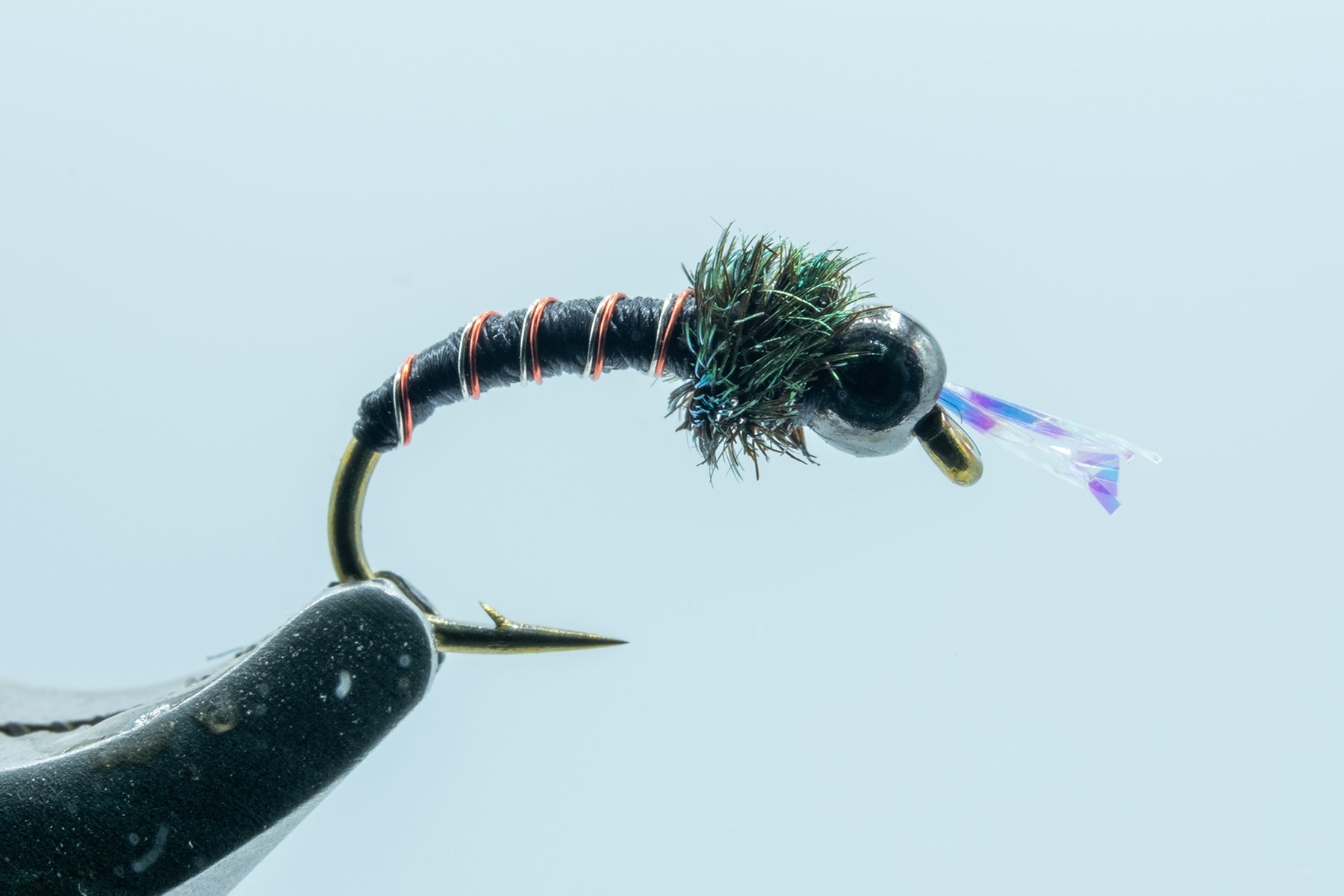
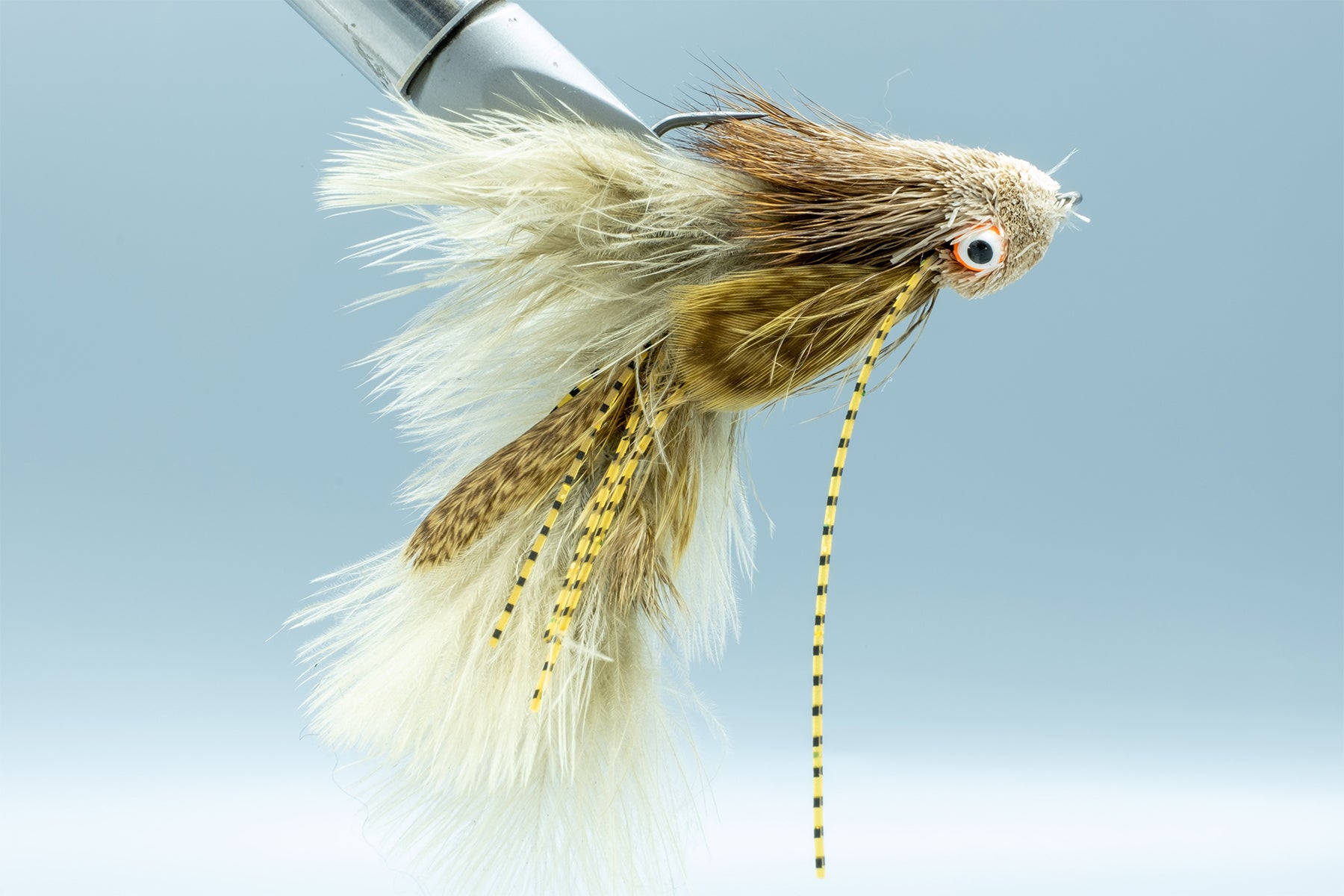
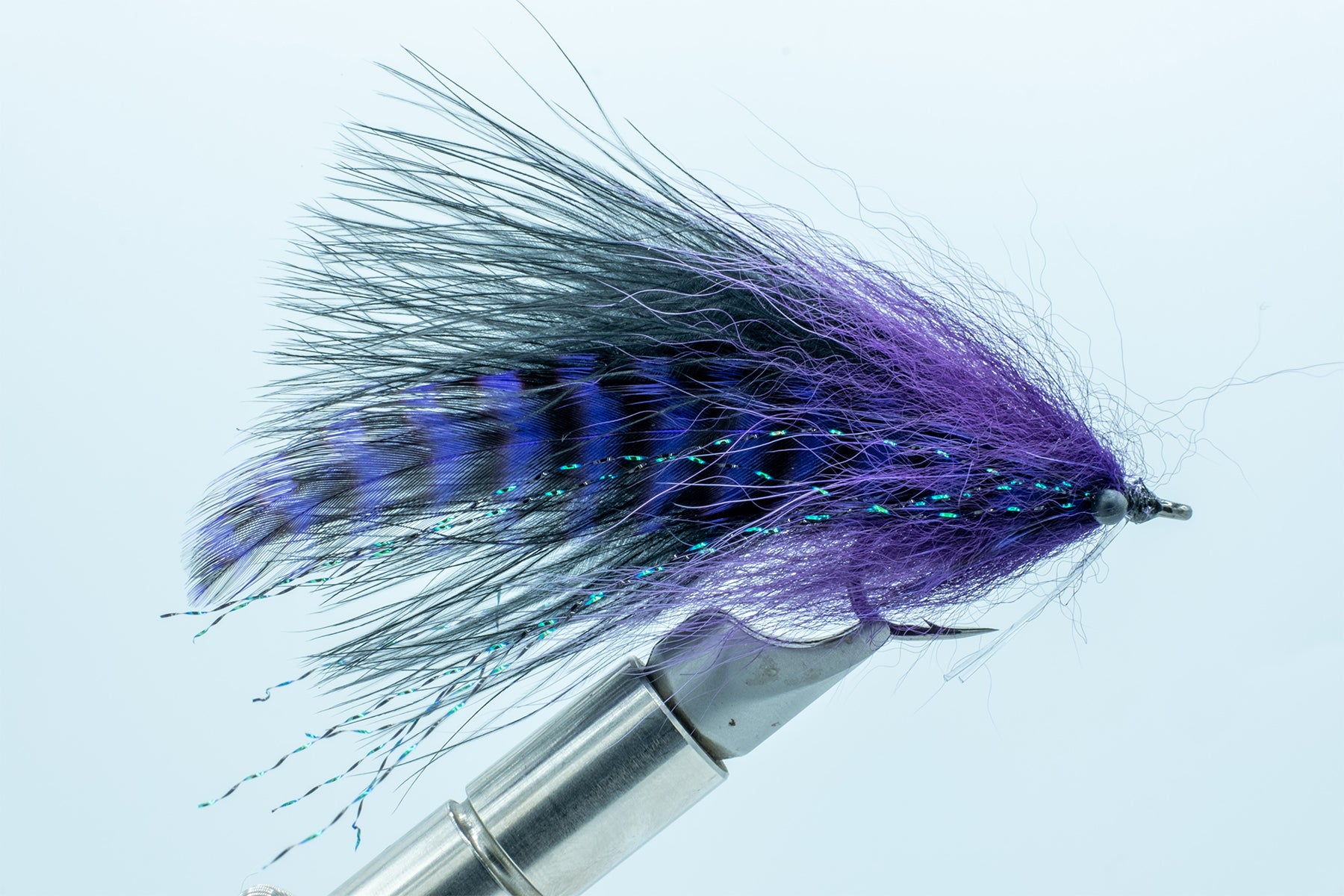
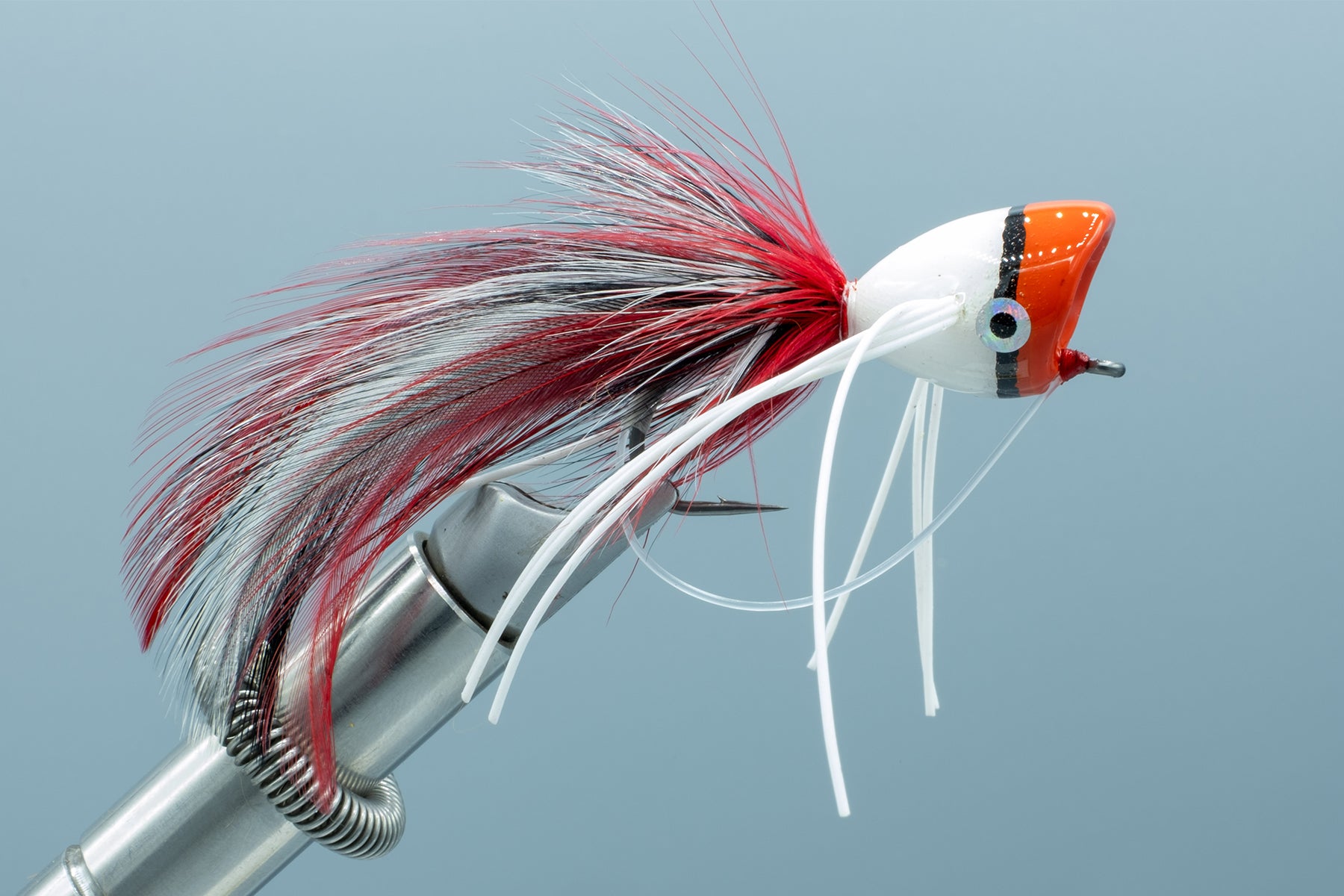
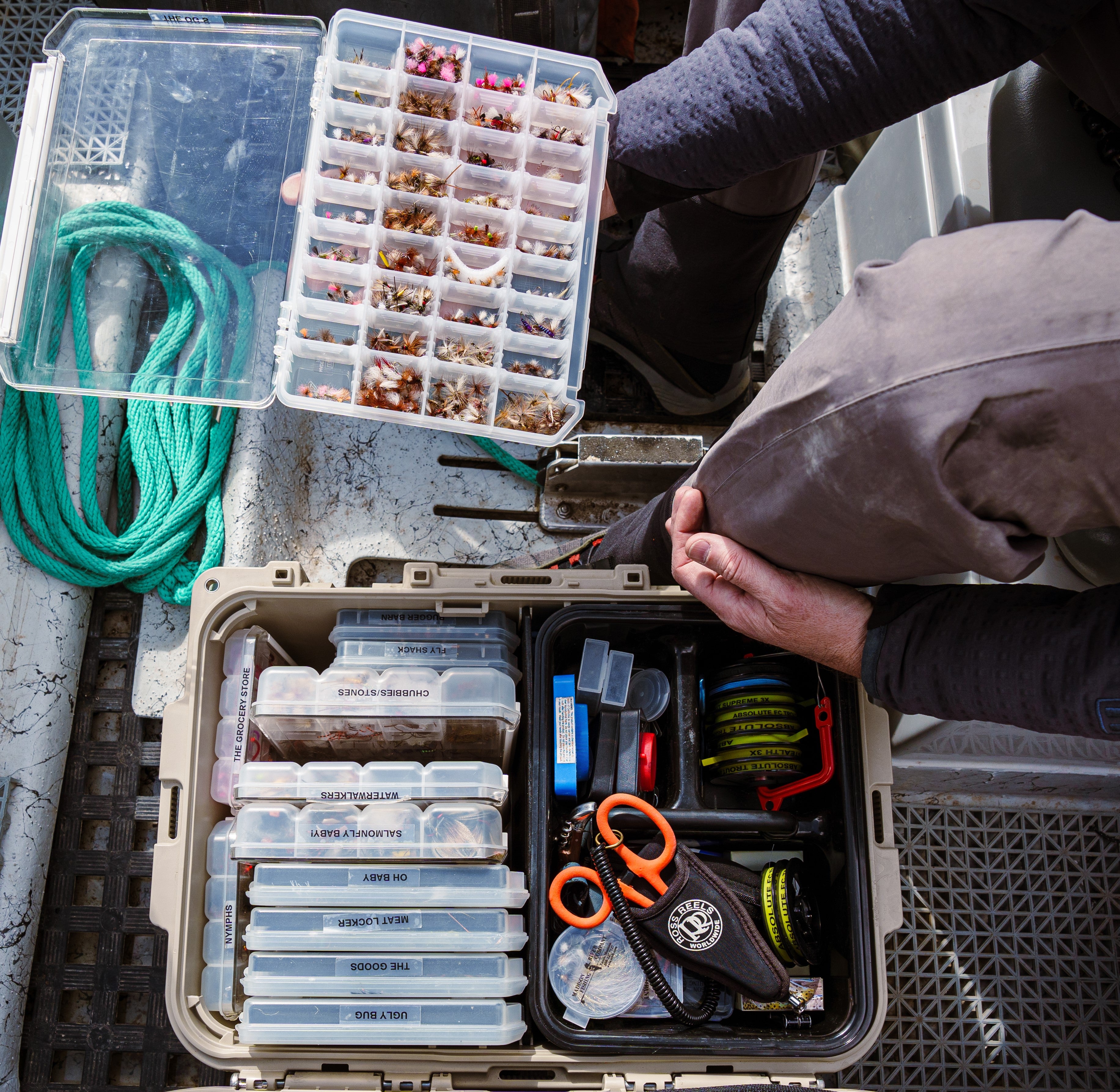
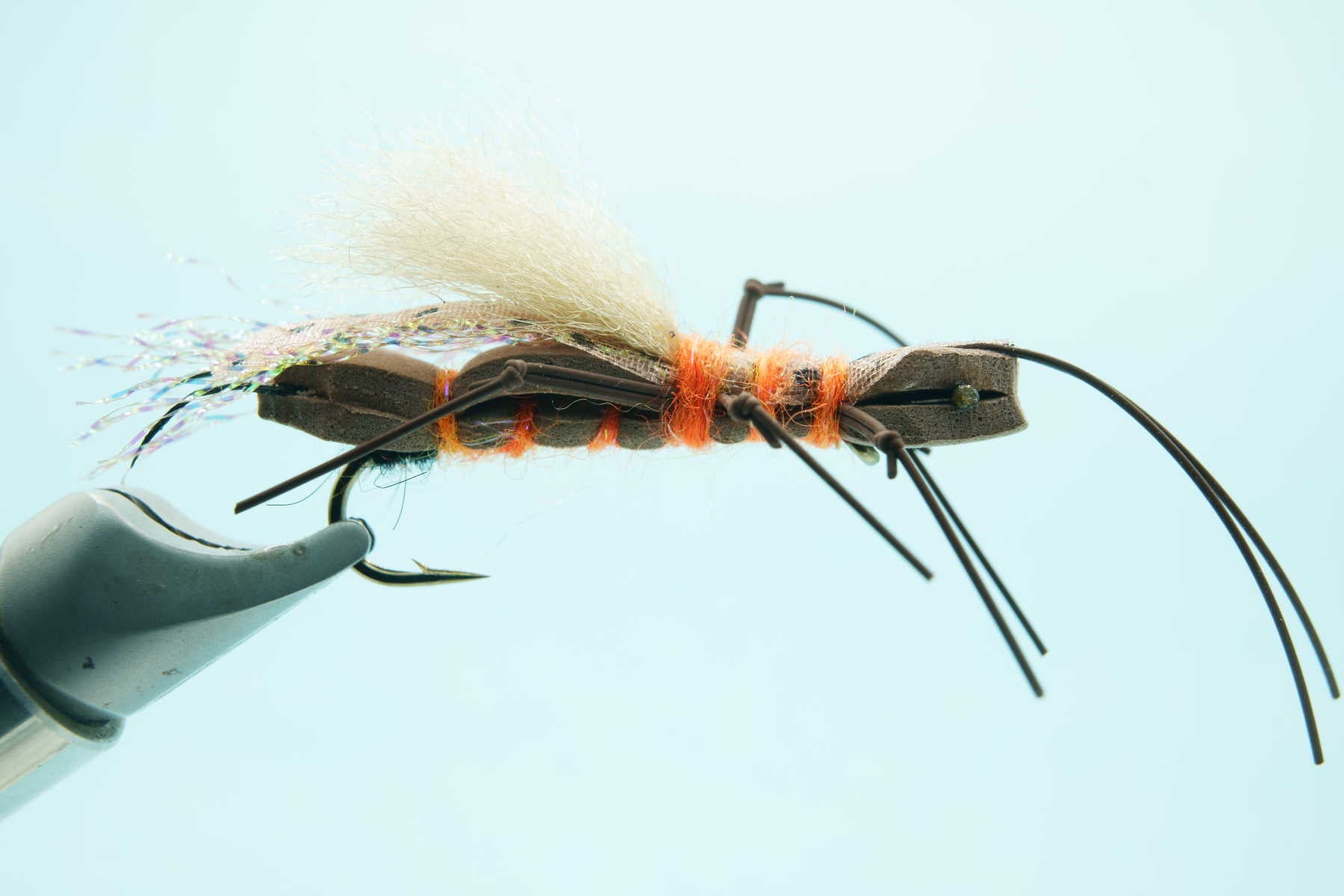
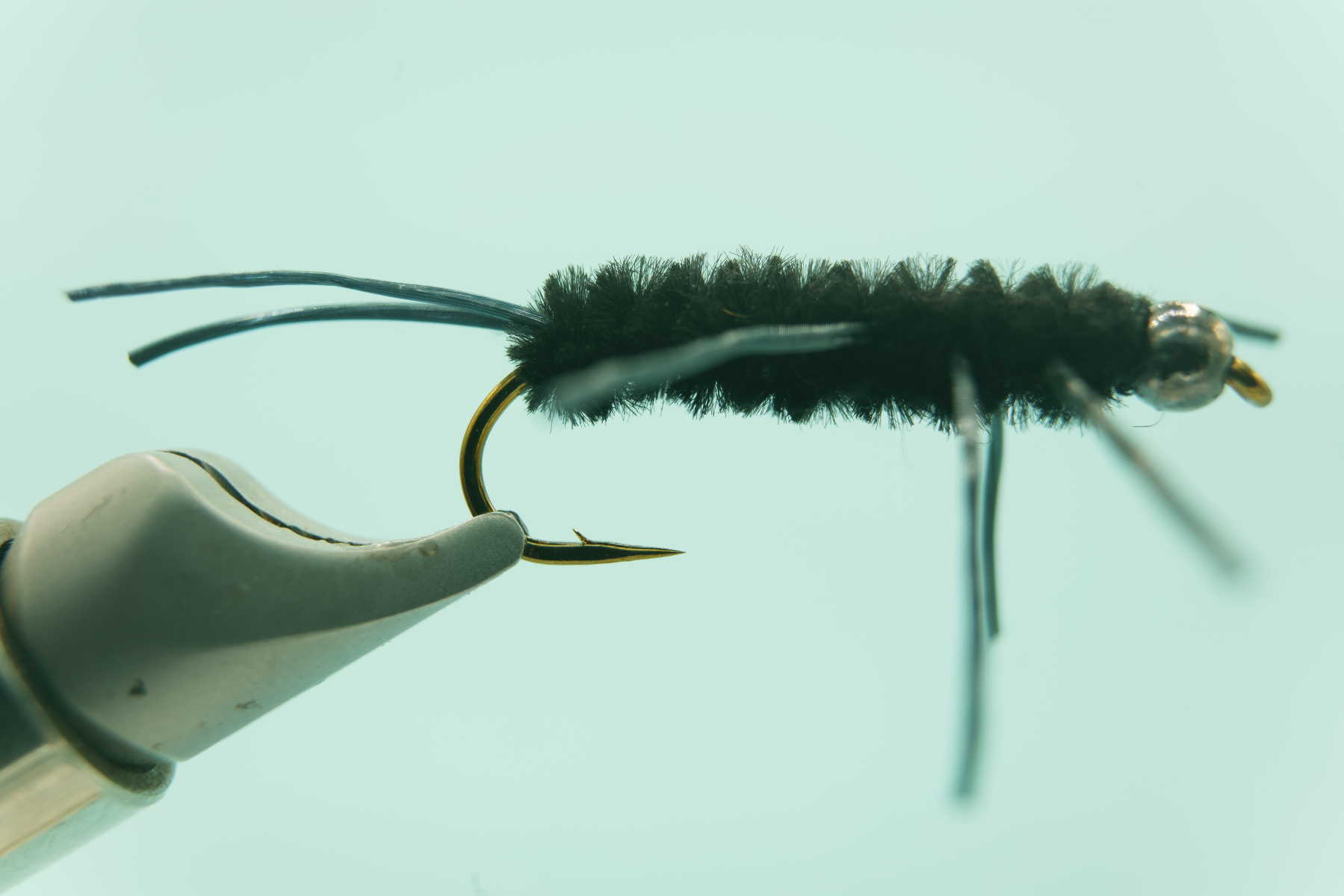
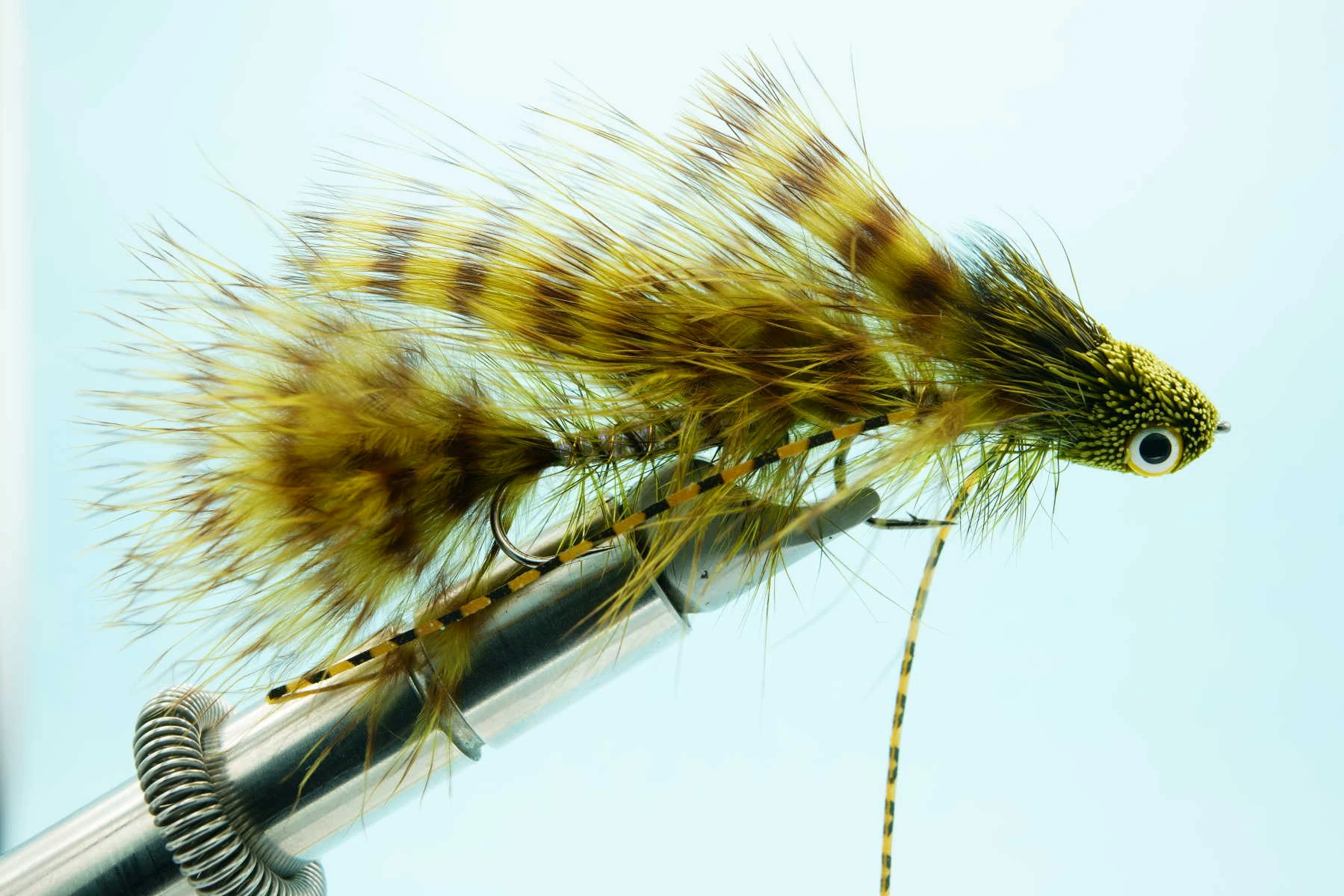
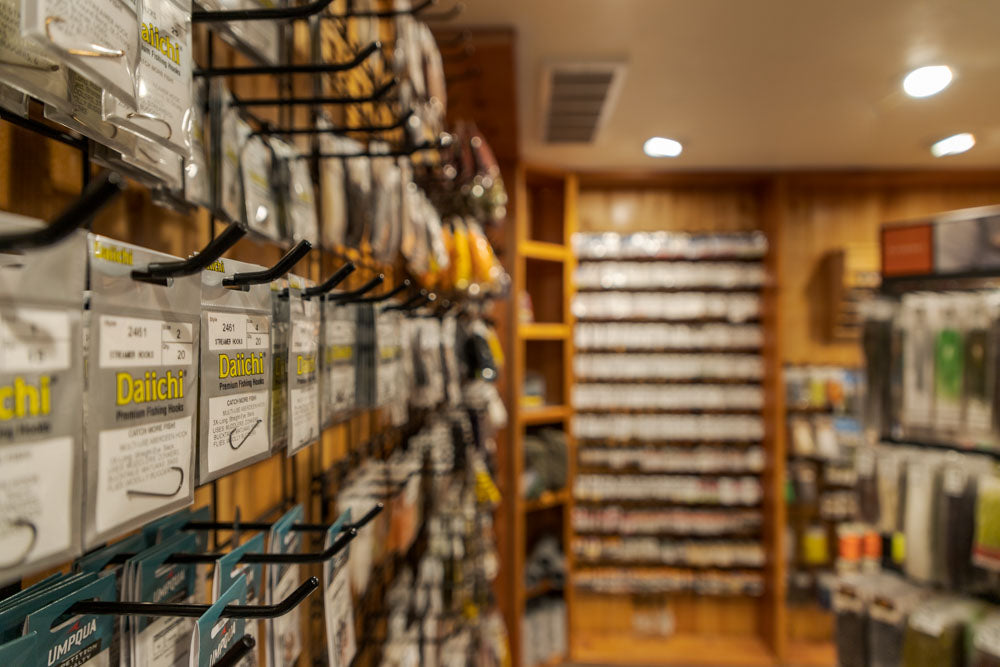






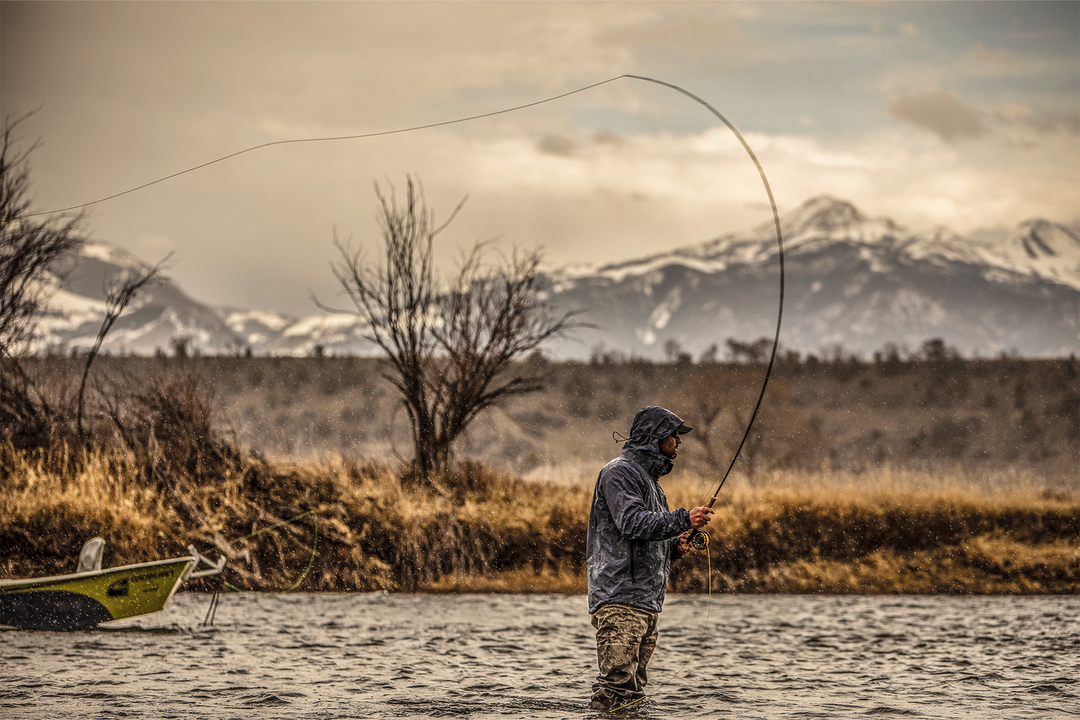
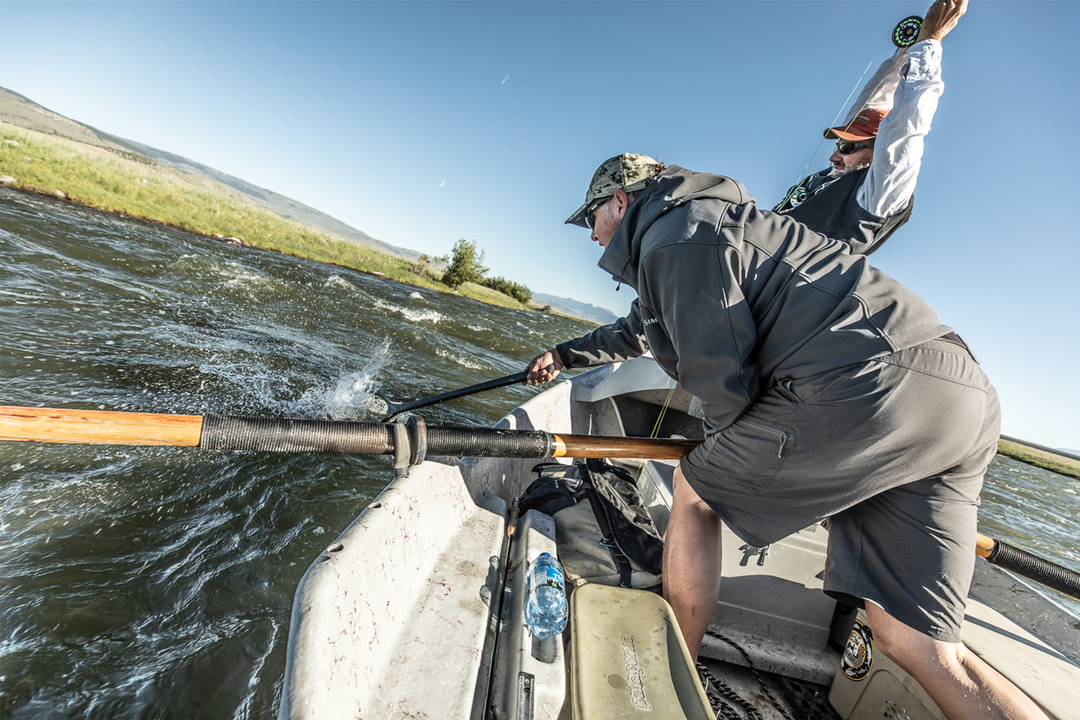
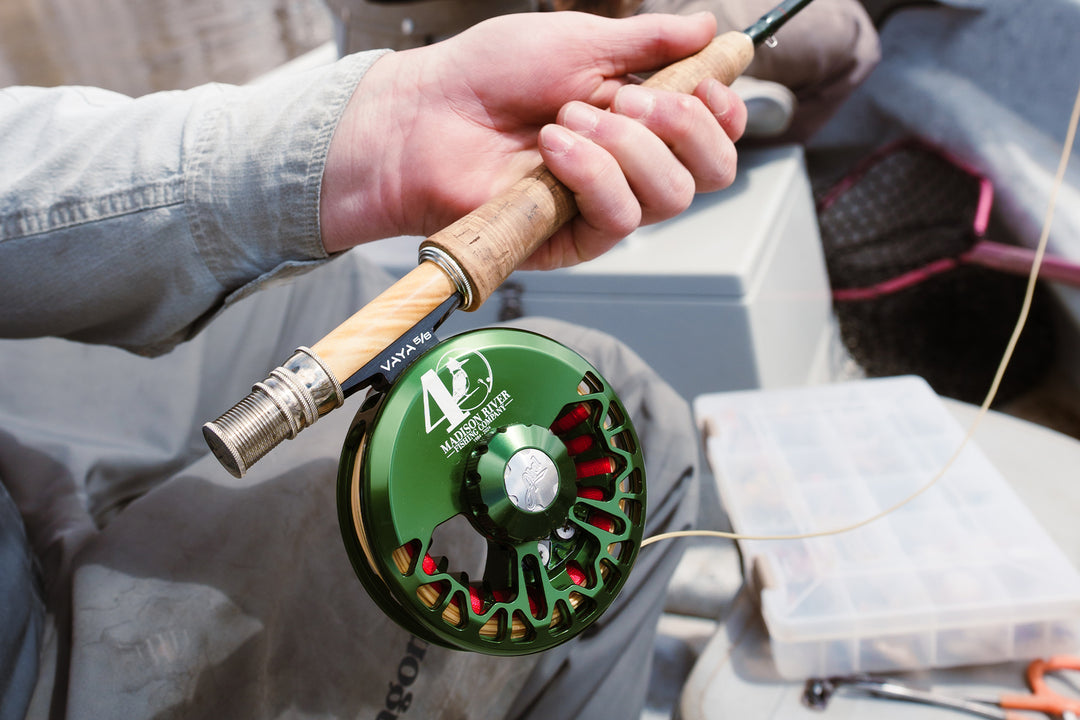
Leave a comment